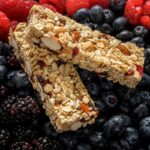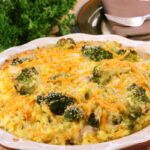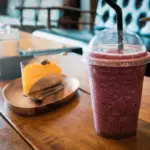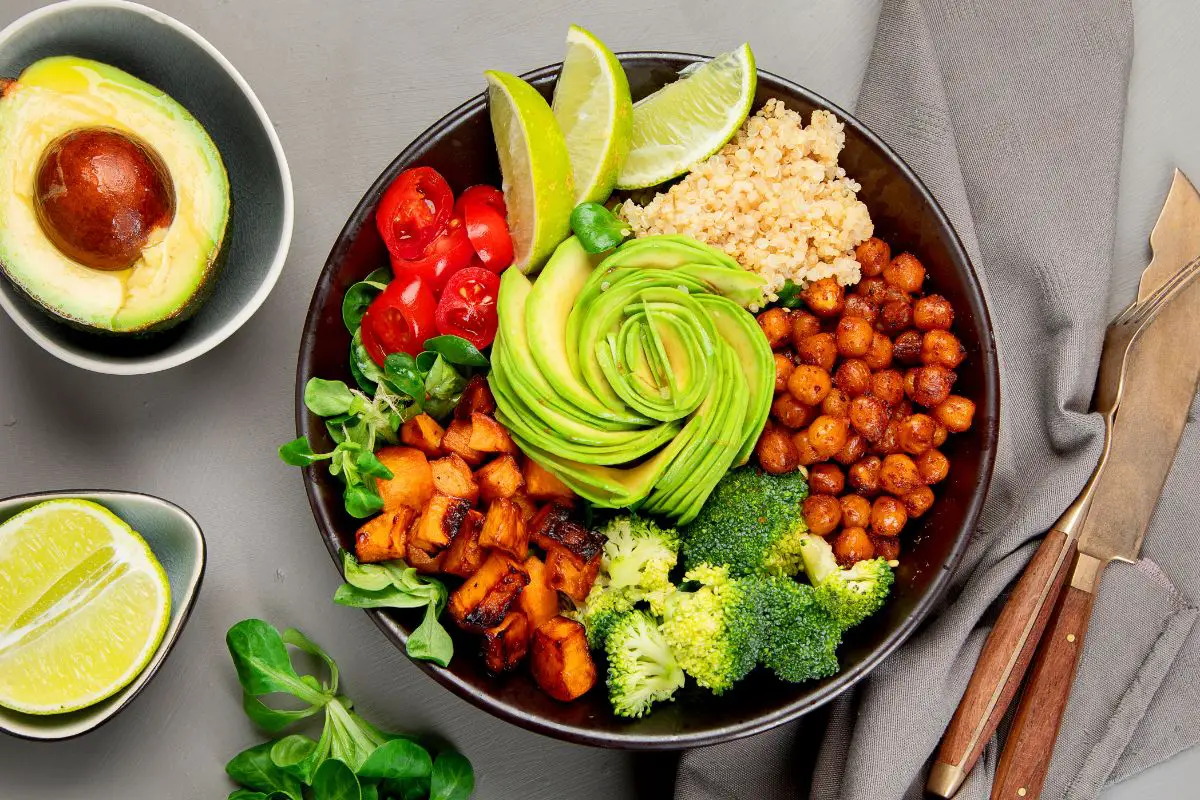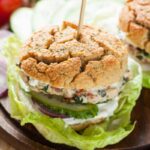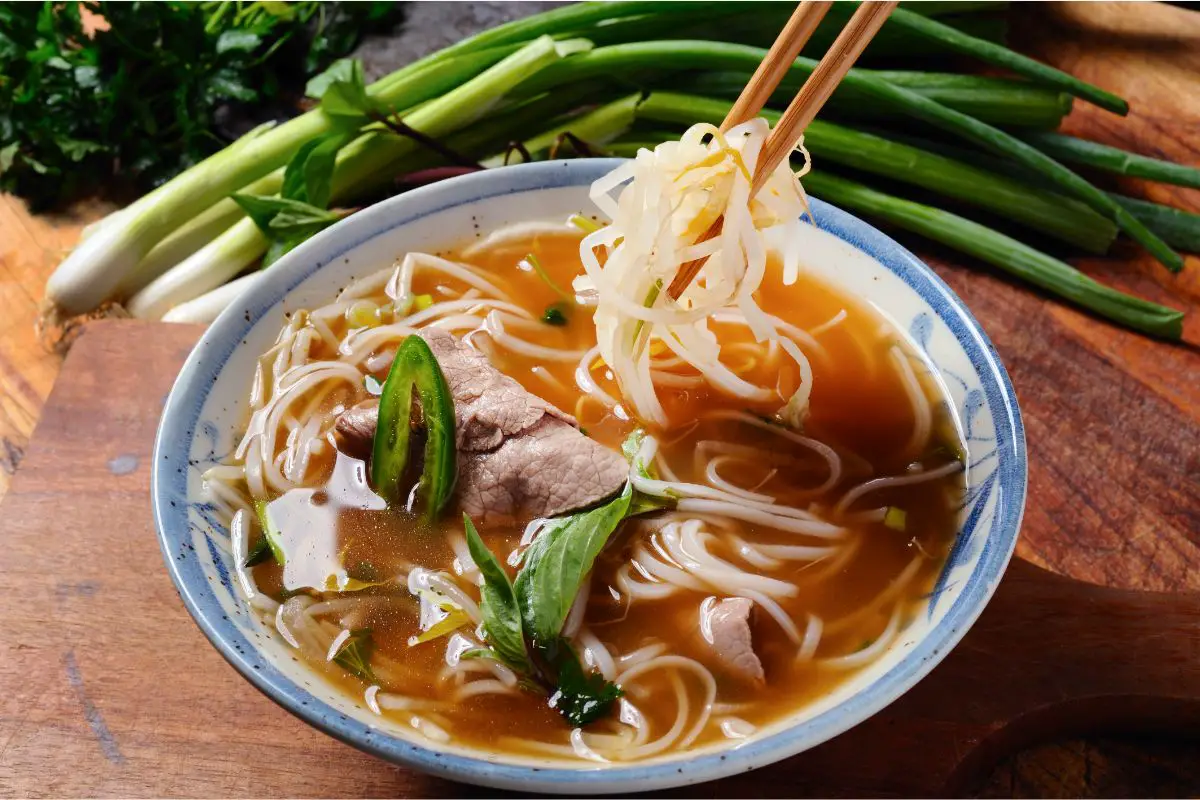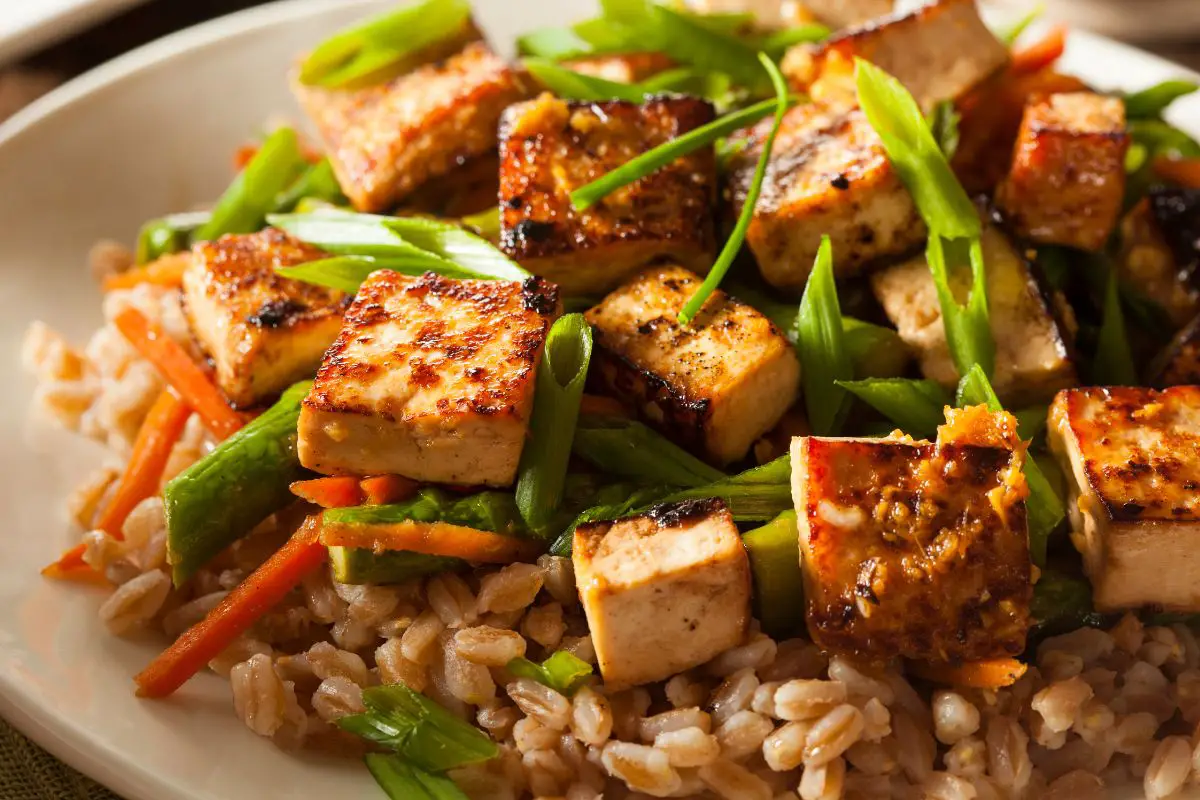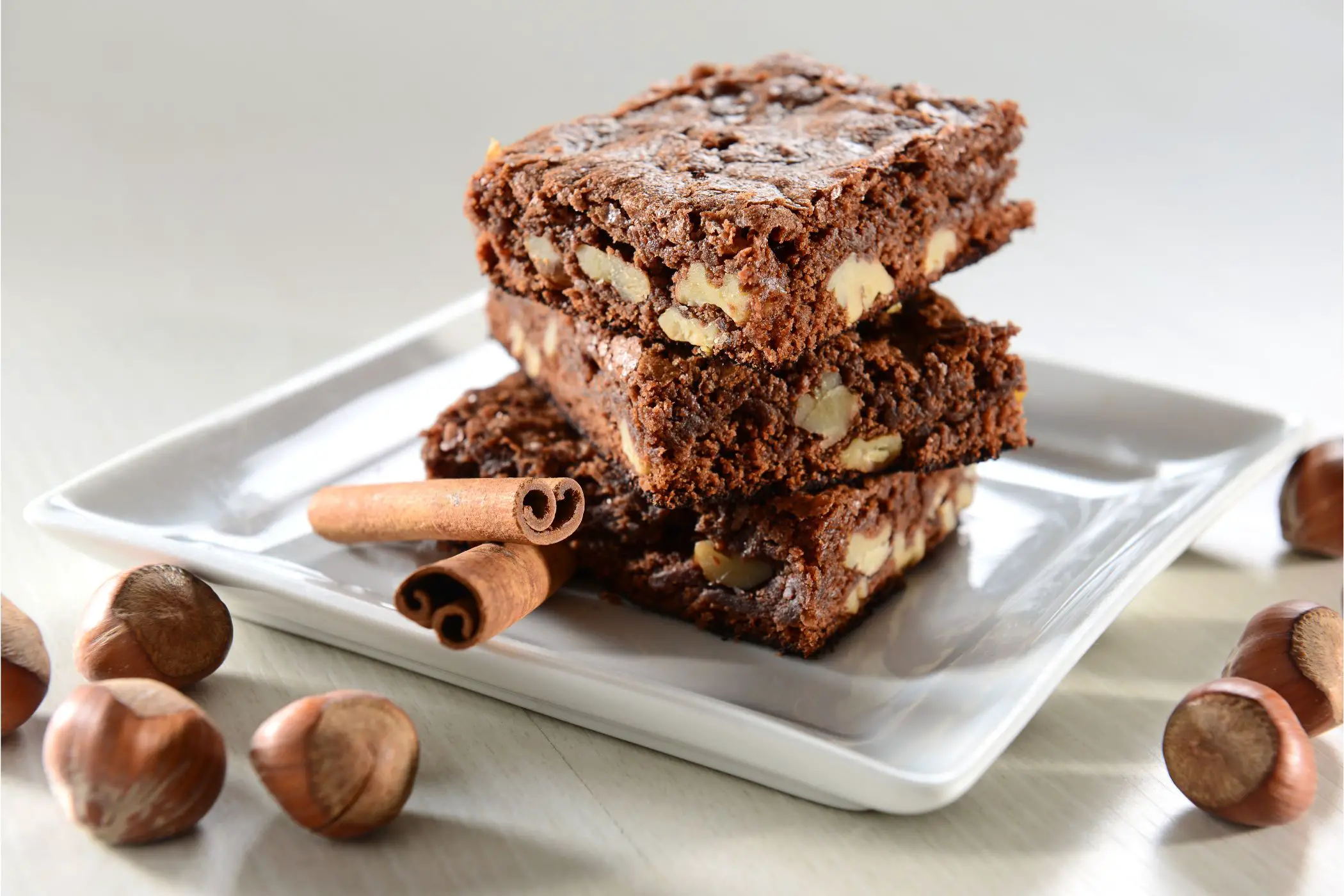Coeliac disease is a serious autoimmune condition…
For those with, if you were to eat something that you shouldn’t, something with the protein gluten in, your immune system reacts, but it works against you.
Basically, your immune system thinks that these gluten molecules are a threat to the body, and primes itself for attack.
But the bad news, it doesn’t just attack the gluten protein molecules, it goes a step too far and starts attacking your own bodily tissues. In particular in the small intestine.
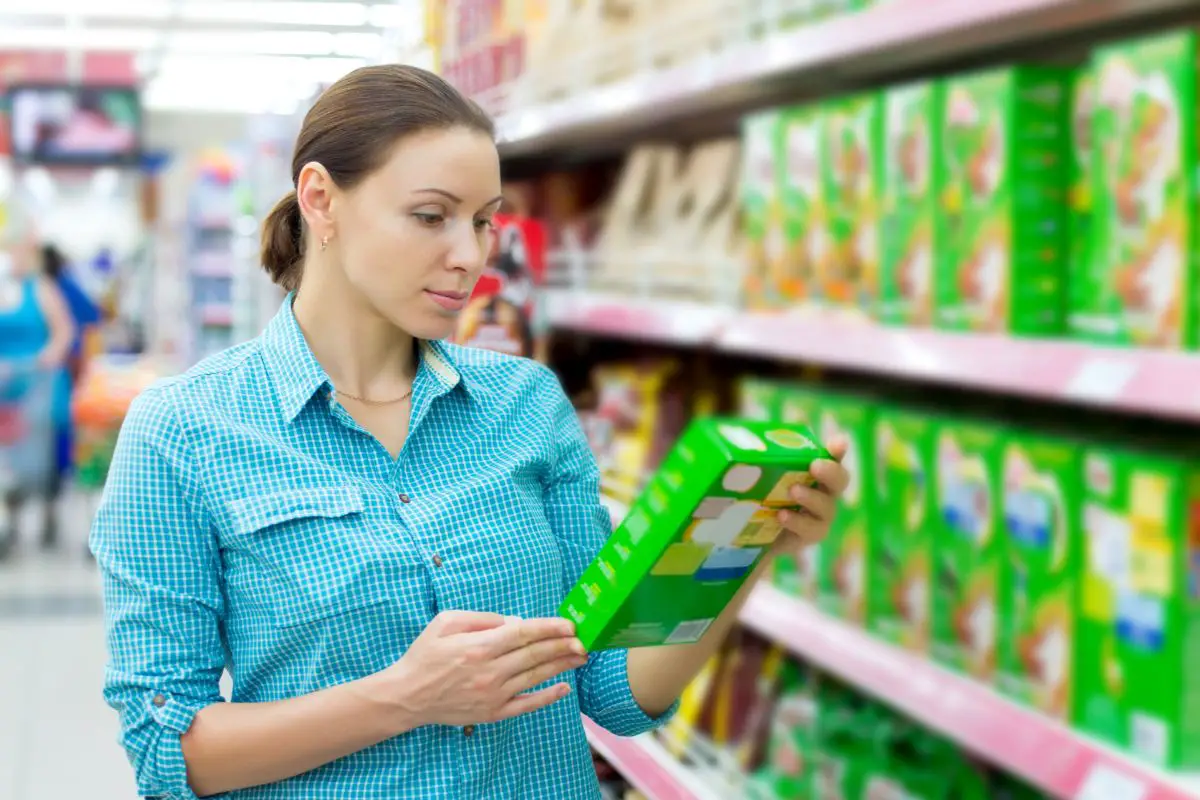
This in turn can cause so many problems. Usually diarrhea, gas, bloating,low blood count (AKA anemia), and even reduced bone mass (AKA osteoporosis).
Not to mention how the body’s reaction to the gluten in the lining of the small intestine prevents adequate absorption of some important nutrients.
And those are just the most common symptoms.
The mainstay of treatment is a strict gluten-free diet, and everyone who has been diagnosed with coeliac disease is strongly advised to avoid any food or drink containing gluten at all costs.
But if you’ve been diagnosed with this for some time already, you may already be aware of how tricky it can be to know whether a food contains gluten or not.
What Can Gluten Be Found In?
Gluten is a protein that’s naturally found ingrains such as wheat, barley, and rye.
And since such grains are frequently used to produce a wide range of foods, this means that there are a great many food items that are strictly off-limits to anyone with coeliac disease.
This includes for instance all types of bread (unless they are labeled gluten-free) including the likes of not only loaves, rolls and buns, but also many other baked goods besides, such as bagels, biscuits, tortillas.
This also goes for many baked goods such as hand pies, pot pies, or any dish that features any pastry or dough, due to its flour content. Including the likes of pizza and focaccia, croissants, and more.
Then there’s all those popular cereals, such as Weetabix, Shreddies, Cheerios, and so on.
Pasta is another big no-no. No matter what the shape of the pasta, pasta contains gluten.
And it doesn’t stop there. There are crackers, real gravy, beer, and more. It sucks. There’s no denying it.
How Can I Tell If Something Has Gluten In It?
With so many foods out of the picture, and with such a great need to avoid this harmful substance, you have to be vigilant, but it’s hard to determine what’s OK to eat and what’s not.
But this article is going to help…
The good news is that whenever you are buying processed foods, such as ready-meals, these have to be labeled by law with the name of any offending grains, such as wheat, barley, rye, oats, brewers yeast or triticale.
So that’s what you should watch out for.
However, bakeries are not required by law to produce a nutritional label on their goods.
So this means that you should just stay clear of any and all breads, pastas, crackers, baked goods, and cereals unless they are labeled gluten-free.
What Does Gluten-Free Mean?
Increasingly, we are seeing more and more foods for sale at the supermarket and grocery store that are labeled as “gluten-free”.
The FDA has determined that consumers favor the label “gluten-free” to communicate that a food is free of gluten, as opposed to a symbol.
Any foods labeled “gluten-free” cannot be intentionally made with any amount of a gluten-containing grain, including not only wheat, rye, and barley, but also its crossbred hybrids such as triticale.
Similarly, any food sold with a “gluten-free” label cannot be derived from a grain that has not gone through the gluten removal process.
Any foods labeled “gluten-free” have less than 20 parts per million of gluten, which is negligible.
Hit Me With The Worst – Tell Me The Nitty-Gritty!
So, here’s the really bad news…(sorry)
- “Wheat-free” does not necessarily mean “gluten-free”
- A lack of allergen labeling does NOT mean that the product is gluten-free. It may still have barley or rye.
- Only certain foods are covered by the FDA gluten-free labeling rule
- Food manufacturers are not required to test for the presence of gluten in ingredients or in the finished gluten-free-labeled food product.
- The FDA says that restaurants making a gluten-free claim on their menus should be consistent with the FDA’s definition.
How To Be Sure Your Snacks And Meals Are Gluten-Free
- Learn which types of foods are most likely to contain gluten, think bread, pasta, cereals, and oatmeal. And either avoid these foods altogether or source some gluten-free alternatives.
- Learn which foods are naturally gluten-free, so you can fill up on them, so that you won’t ever be tempted to reach for something that does contain gluten.
- If there is not a “gluten-free” label on the product packaging, read the ingredients label thoroughly.
- If you’re lucky enough to live near a store which has a gluten-free section or aisle, be sure to pay special attention to it, and learn what foods you can get from there for your snacks and meals.
- Plan ahead – if you are planning a day out, take some snacks or lunches from home, rather than having to purchase food items on the go.
- Have a really good browse around this website, and learn as much as you can so you don’t get caught out making simple mistakes.
- Learn about hidden or questionable ingredients. For example, did you know that soy sauce, chewing gum, candy, salad dressings, broth, cooking spray, certain cheeses, certain condiments, meat substitutes, deli meats, sausage, seasonings, frozen veg, energy bars, and certain speciality drinks are also often considered to contain gluten.
- Try making meals from scratch. By making your meals from scratch, you know exactly what goes into them, and you can be sure there are no unwanted grains to speak of.
Wrap Up
So, there you have it. Living with coeliac disease may be a challenge, but now you know exactly how to handle it!
- How To Make A Paleo Detox Smoothie: Berry Cherry Green Edition - April 18, 2023
- How To Make Spicy Paleo Paprika And Thyme Veggie Fries - April 18, 2023
- 15 Mouthwatering Keto Apple Recipes You Need To Try Today - April 18, 2023

